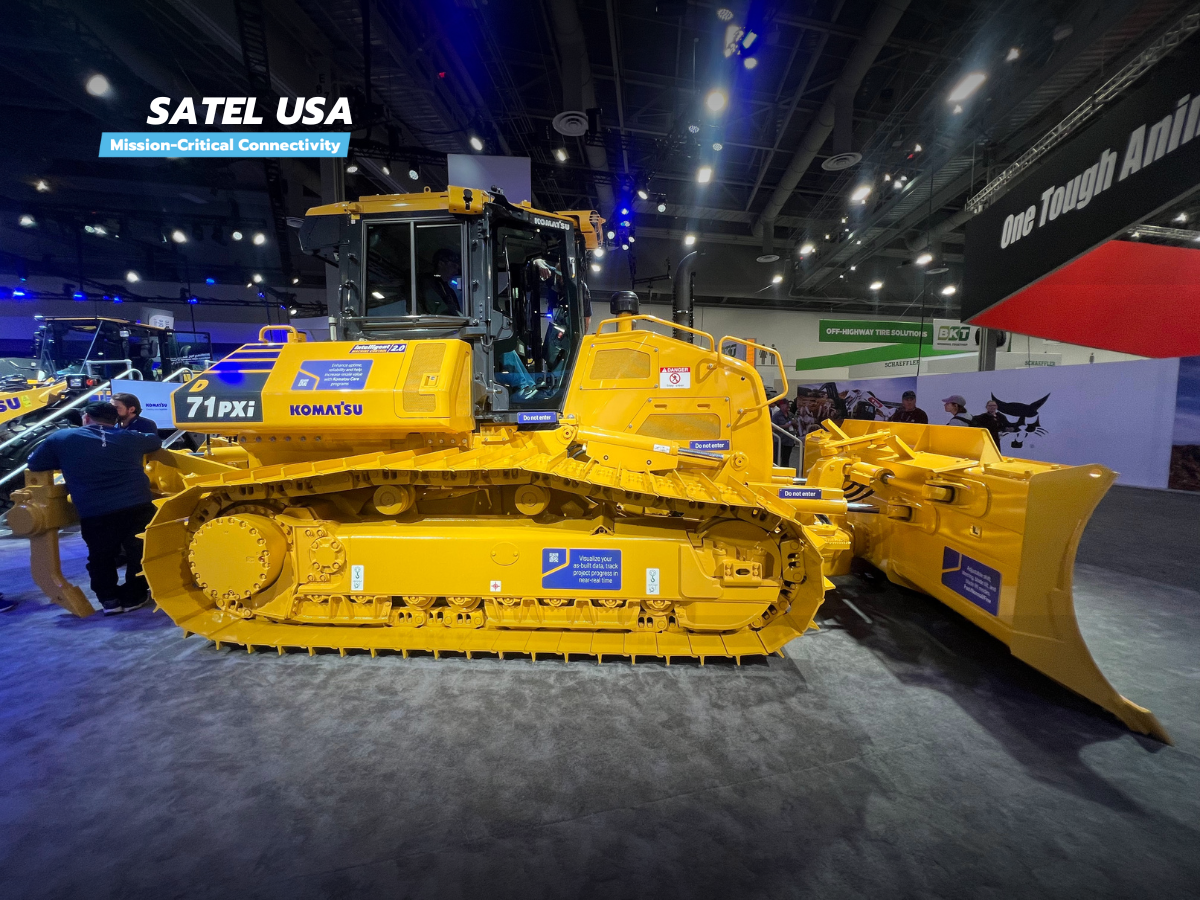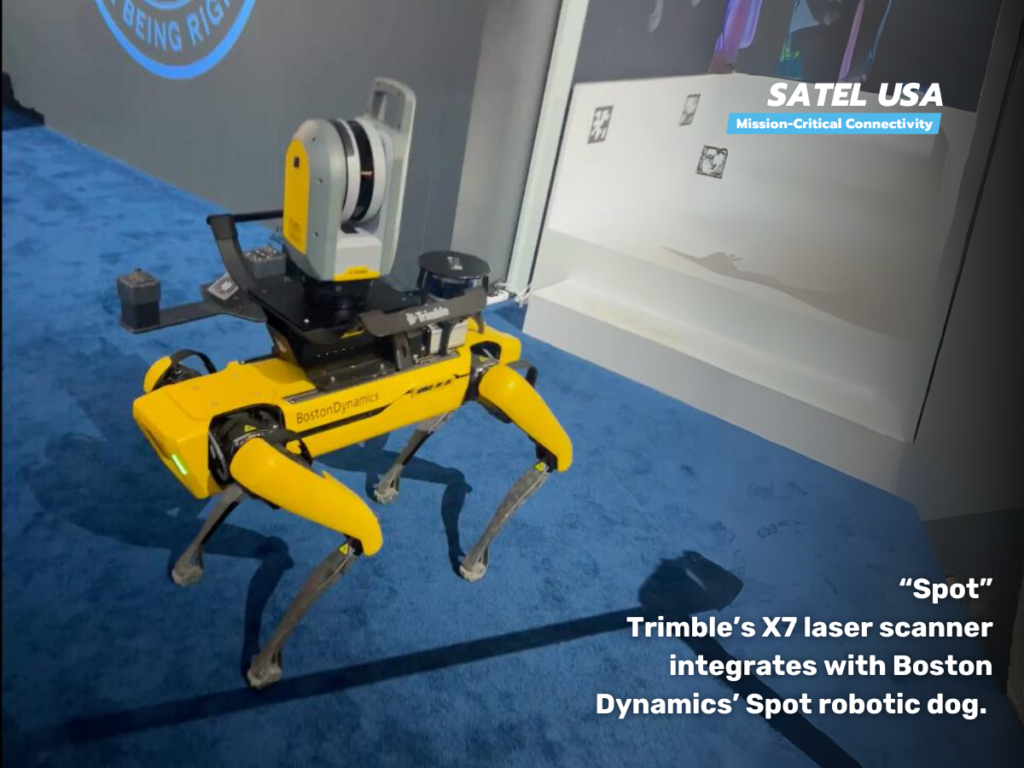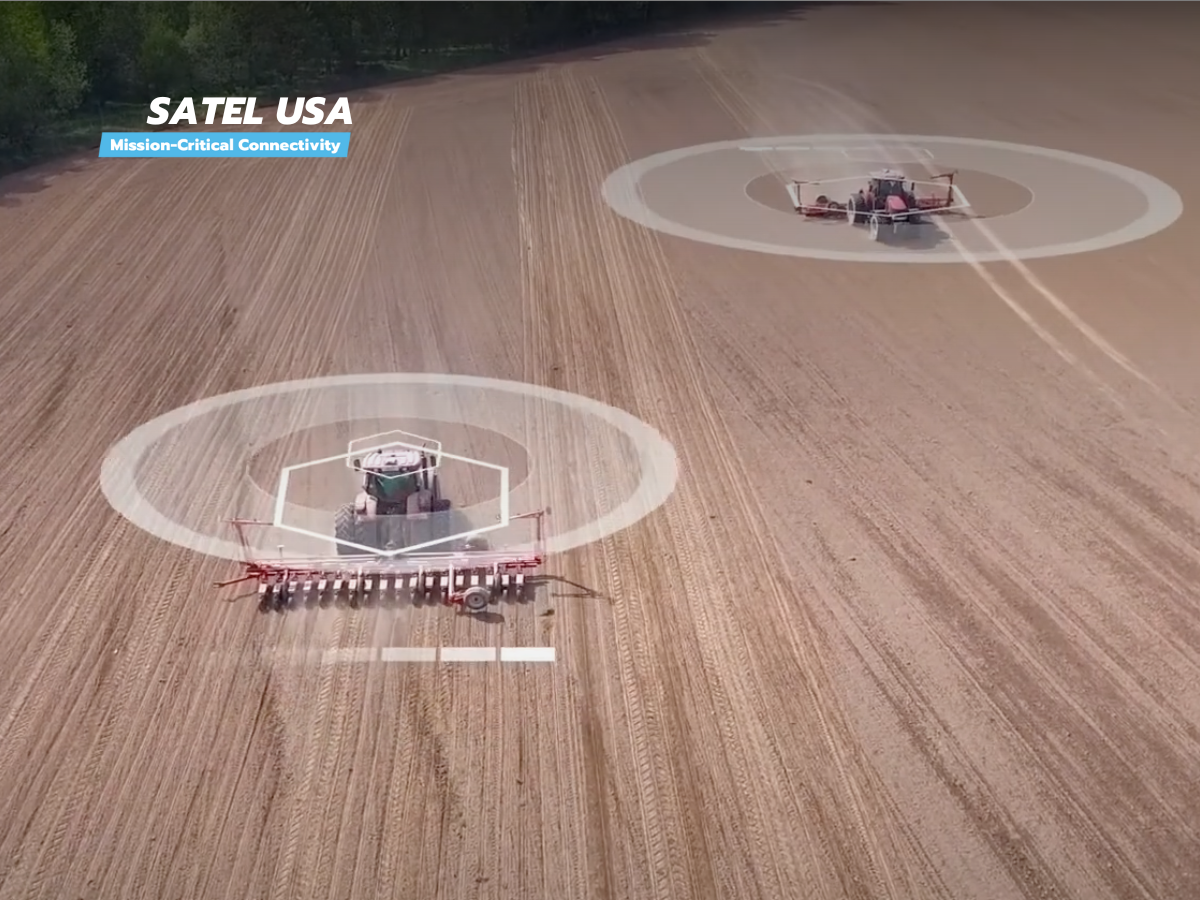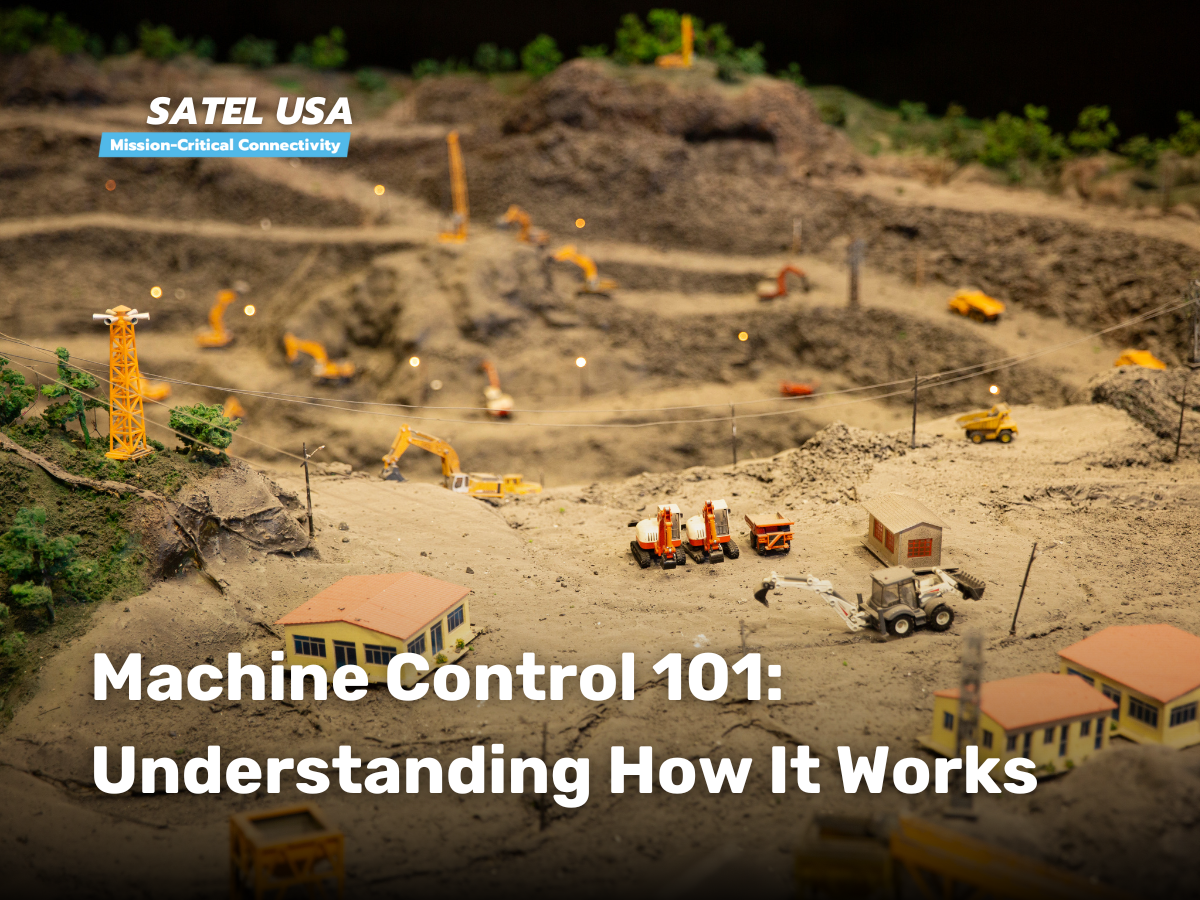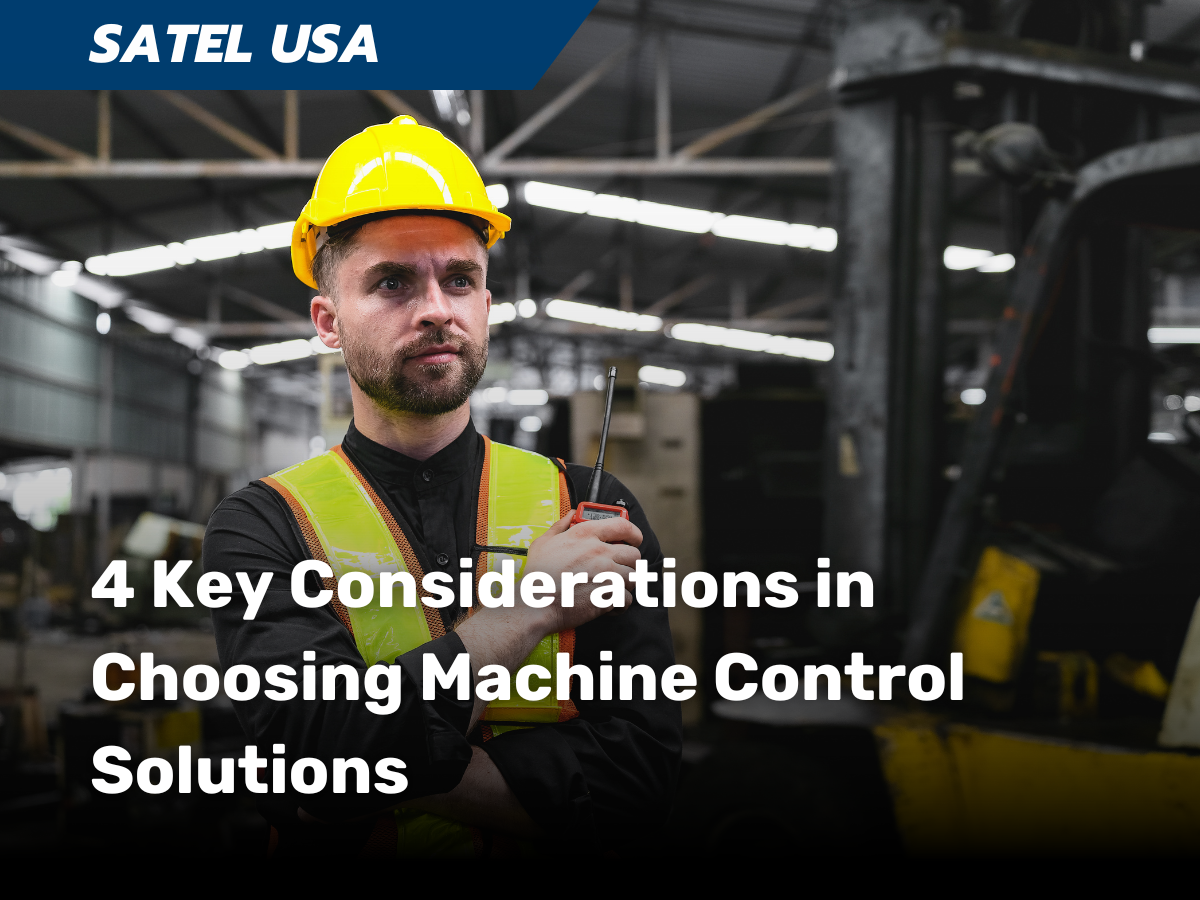
Introduction
Selecting the right machine control options for construction equipment is crucial, depending on specific use cases. With the evolution of construction equipment machine control, including grade control, its application is expanding beyond typical excavation and earthworks contractors to commercial, security, residential sectors.
Key decision factors extend beyond choosing between 2D and 3D grade control systems. While 2D systems utilize physical landmarks or lasers for grading accuracy, 3D systems employ advanced positioning technologies like GPS, and sometimes local position systems (LPS), especially in areas where satellite signals are obstructed.
One critical consideration is the absence of a universal standard for topographic data in machine control technology. This is particularly relevant for contractors using mixed fleets, rental equipment, or those integrating subcontractor equipment into a unified digital workflow.
Consideration 1: Movable vs. Hardwired Systems
For sites or projects using rented machines or integrating subcontractor equipment, movable machine control systems are advantageous. These systems can be transferred between machines and often feature wireless, magnetic sensors for easy installation without permanent alterations to the equipment. Solutions like Trimble Earthworks GO! 2.0 and the iDig System, which includes solar-charged sensors, exemplify this adaptability.
Consideration 2: Aftermarket vs. OEM Solutions
The 2023 State of the Industry Construction Technology Report highlights the adoption of both OEM and aftermarket machine control. Despite OEM solutions being more prevalent, the lack of data standards and the need for flexible solutions make aftermarket options, like those offered by Unicontrol, appealing for their versatility and compatibility with various machine types.
Consideration 3: Purchase or Subscription Models
The choice between buying or subscribing to machine control technologies is significant. Subscription models, like Trimble Works Plus, offer flexibility and financial accessibility, particularly beneficial for smaller contractors. Larger contractors also find value in subscriptions for aligning technology costs with project budgets.
Consideration 4: Automated Equipment vs. Robotics
The emergence of construction robotics is extending the capabilities of traditional equipment. Vendors are increasingly adopting robots-as-a-service models to introduce innovations like Moog’s solar Cobot and various robotics solutions by Sarcos Robotics. These advancements present new opportunities for enhancing productivity and safety in construction operations.
Conclusion
Selecting machine control solutions for construction equipment involves careful consideration of various factors, including technology type, compatibility, financial models, and the emerging role of robotics in enhancing construction capabilities.
SATEL USA’s Role in Machine Control
At SATEL USA, we understand the critical importance of minimizing downtime and maximizing operational reach on the construction site. Our Machine Control solutions, featuring the cutting-edge SATELLINE-EASy, are tailored to meet these exact needs. Designed specifically for integration in heavy equipment cabs, this kit represents the pinnacle of precision and reliability. At its heart lies the robust and high-quality SATEL EASy radio, ensuring that your fleet remains versatile and fully compatible with any UHF base station on-site.
The EASy Machine Control Kit distinguishes itself with its ability to seamlessly connect to the GPS on the cab, allowing for the continuous reception of RTK corrections without any downtime.
Check out our EASy Machine Control Kit for more details.

